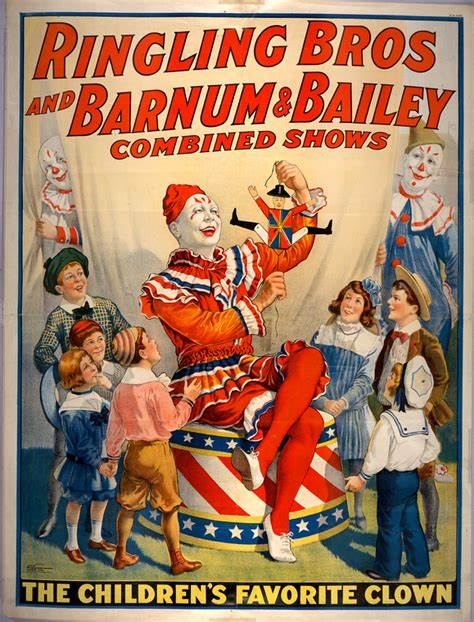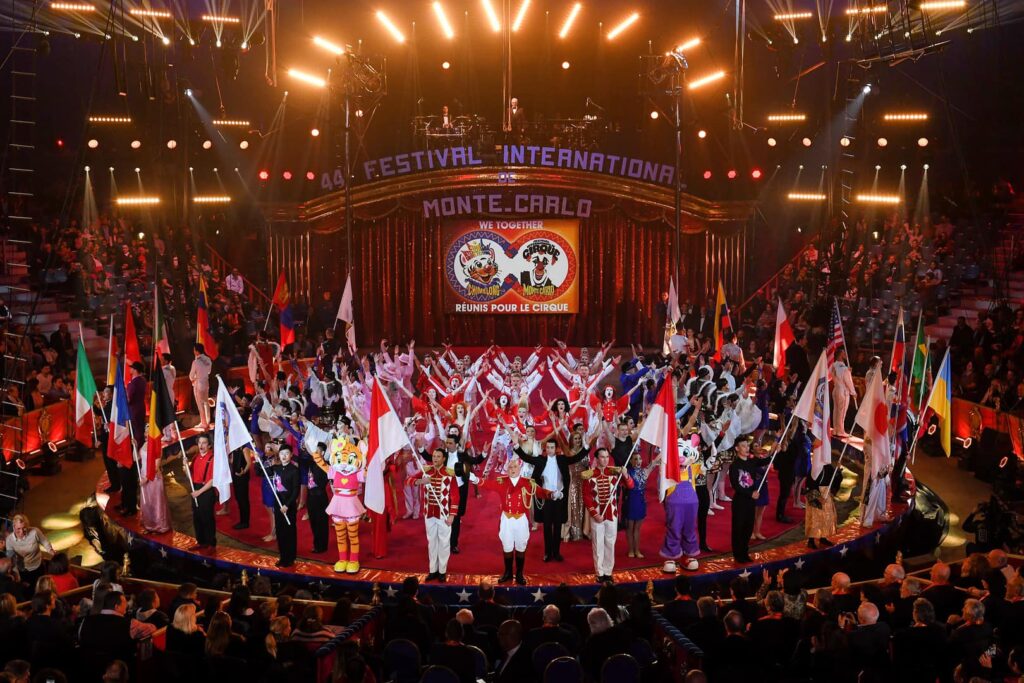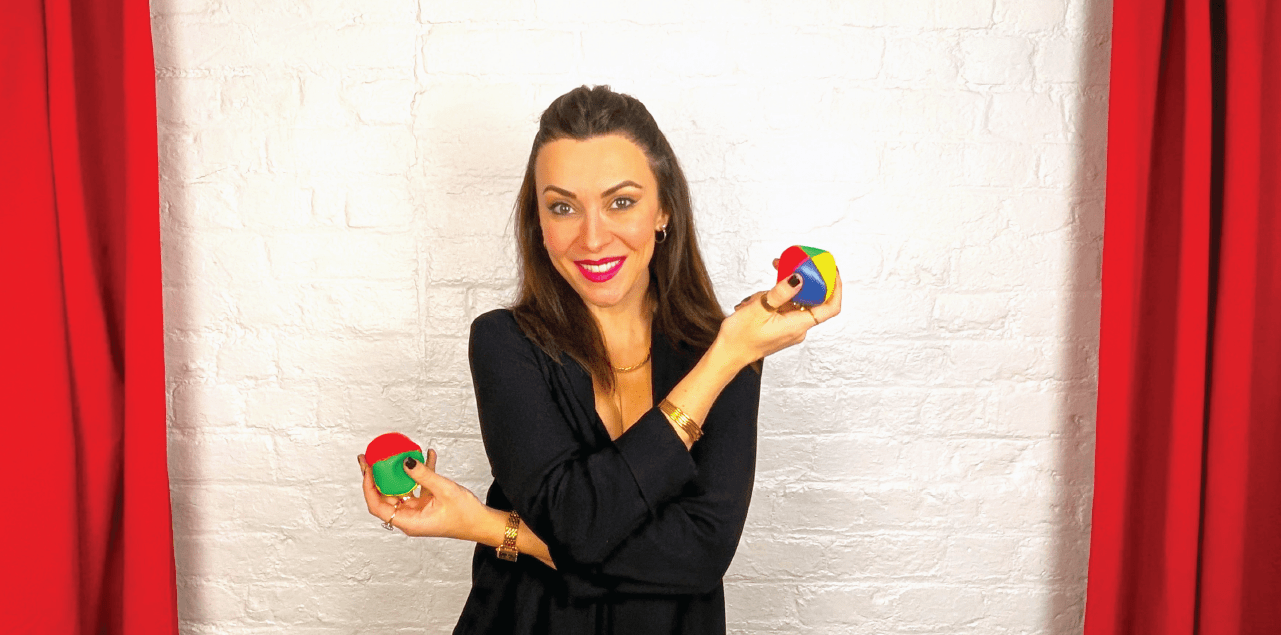The evolution of circus
Let’s depart for a captivating journey at the heart of an art that was able to propagate through centuries, marveling children and grown-ups alike: circus!
Whether that be in a circus tent or a modern theatre, circus embarks us in a world where the impossible becomes reality. But did you know that today’s circus is the fruit of a long and fascinating evolution?
Explanation!
The origins of circus
Let’s write a quick chronology:
- China, 5000 BC
Yes! That’s where we see the first traces of circus: acrobatics, balancing acts, and animal training. - Greece and Italy during Antiquity
In the 2nd century BC, travelling shows are born with lions, monkeys and snake… among others! It’s in antique Rome that the word circus appears, free performances in amphitheaters where impressive shows took place: chariot races, gladiator fights and acrobatics. The CIRCUS MAXIMUS in Rome, with its 150 000 spectators capacity, is the most famous example. One day during a show, a funambulist child falls, and dies ; shocked, the emperor Marcus Aurelius orders that mattresses should be installed: that’s where trapezist nets come from! - Europe in the Middle Ages
After the fall of the Roman Empire, circus is back on the roads of Europe and beware of good artists like jugglers, who seem too skilled to be human… sorcerers, you say? Yes, so they ended up at the stakes! - England, 18th century
Circus as we know it today finds its roots much later, in London. In 1768, the Englishman Philip Astley, a former chivalry office, has an idea to combine equestrian displays with acrobatic and juggling acts. That’s how modern circus was born! He also introduced the 13 meters diameter circular track, still in use today. - A century later, travelling circus took off with collapsible circus tents, allowing shows to travel throught the countryside and reach a wide audience.

The Two Horse Act, 1874
The revolution of performances in the 20th century BC
Throughout time, circus has transformed. Exotic animals, previously the stars of the show, took a central role. Lions, elephants, and even sea lions were part of the most acclaimed acts. But ethical debates were also raised during this time, which progressively changed circus’ perception and practices.
The 20th century marked a turning point with the arrival of big names like Barnum & Bailey and Circus Knie, which popularised shows all around the world.

Show poster for Barnum & Baileys
In the 1970s, a wind of modernity blows upon circus. Companies like Le Cirque du Soleil reinvent the art completely, by ridding it of its animal acts to focus on human performances mixing drama, dance, live music and modern technologies.
This period also sees the rise of new circus. We leave the quick succession of acts behind, and focus on narration and emotion through a complete show, shining light upon each artist. No more clowns and their expressionless make-up ; make way for poetic stories and stunning performances!
The circus of today and tomorrow
Today, circus keeps being reinvented in order to stay relevant. Modern technologies play a more and more important role: holograms, light projections, and interactive stages make the experience richer.
More and more companies make a point to be engaged in animal welfare and to raise public awareness towards environmental causes. This goes hand-in-hand with an appreciation of artistic disciplines : flying trapeze, chinese pole, and even parkour have become staples of contemporary circus.
Circus schools are multipling in the entire world, training a new generation of artists ready to push the limis of what the human body can accomplish. International festivals celebrate this ancestral artform, all while shining light upon innovations from emerging companies.

The International Circus Festival in Monte-Carlo
So, admit it, circus is more than a tent and a handful of clowns, isn’t it?
It’s a living story, a mix of heritage and innovation, that continues to marvel each generation.
A true source of inspiration, even for drama people like us! It was even the theme of our previous show Illusions (opens in a new tab)!
I hope that this article was insightful!
Now that you know everything, please don’t hesitate to have a try at our “knowledge quiz” down below!




